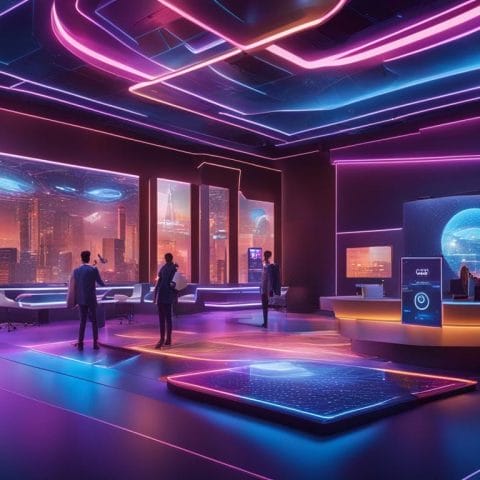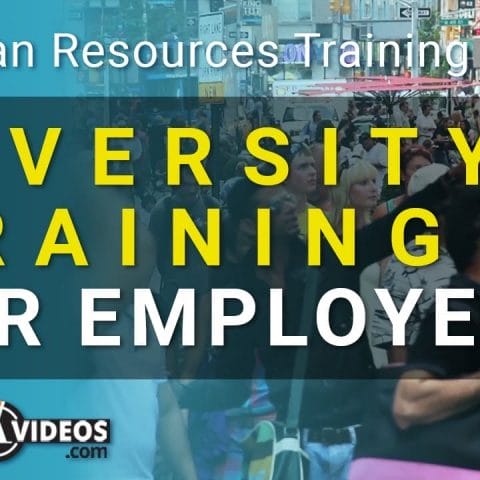Did you know that over 70% of educators think blended learning can make students more engaged and do better in school? The way we teach is changing, moving towards more flexible methods. Blended learning mixes traditional teaching with online learning. This mix helps students learn in ways that fit them best.
Blended learning uses the strengths of both in-person and online learning. It lets students have direct talks with teachers and use online resources. Groups like Hyperspace are leading the way in making blended learning work well. They show how digital tools can improve learning. We’re entering a new era in education, with new tech and teaching methods leading the way.
Key Takeaways
- Blended learning combines face-to-face and online instruction.
- Over 70% of educators see enhanced engagement through blended models.
- Organizations like Hyperspace assist in implementing blended strategies.
- Technology plays a key role in the hybrid learning evolution.
- Digital learning strategies are critical for effective blended education.
- E-learning innovation is reshaping pedagogical frameworks.
Understanding Blended Learning in Today’s Education
Blended learning is now a key way to teach in schools. It mixes online learning with face-to-face instruction. This creates a learning space that fits different ways of learning. Students get to choose how they learn, making their education more flexible.
Studies show that blended learning gives students more access to resources. They can do activities at their own pace, both online and in class. This way, everyone learns better, feels happier, and stays in school longer.
Blended learning also means students get a customized education. Teachers can change how they teach to fit what each student needs. As education gets more varied, these flexible methods are becoming more important. They promise a better future for students and teachers alike.
Growth of Blended Learning in Higher Education
Higher education is changing fast, with a big move towards blended learning. Now, over 65% of colleges and universities use blended courses. This shows they’re changing how they teach to fit new needs.
Teachers are using blended formats to make classes better. They mix old teaching ways with new tech. This makes students more engaged and helps them do better in school.
Blended learning helps students who don’t fit the usual student mold. Those who have busy schedules or learn differently find it helpful. Schools that offer blended learning reach more students and help them succeed.
As colleges keep changing, blended learning is key to their future. It’s changing education for the better for teachers and students.
Future Directions of Blended Learning
The world of blended learning is always changing, thanks to new tech that makes learning better. Looking ahead, we see that tech will be key to helping students do well.
Technological Enablers of Blended Learning
New tech like artificial intelligence, virtual reality, and data analytics is changing how we teach. These tools make learning personal for each student. They help teachers meet the needs of all students, making classes more fun and engaging.
Impact on Student Learning Outcomes
Studies show that blended learning is good for students. When schools use e-learning innovations, students do better in school and remember more. Moving to blended learning makes education more modern and prepares students for the future.
For more details on these changes, check out this in-depth look at blended education here. As schools keep finding new ways to use tech, the goal is always to make learning better for everyone.
Emerging Online Education Trends

Education is changing fast, moving towards hybrid learning models. This mix of online and traditional teaching lets students learn in a flexible way. It helps them balance school with their life, making learning more engaging and effective.
Shift Toward Hybrid Learning Models
Hybrid learning models are changing how we teach. They combine in-person classes with online work. This approach meets the needs of different students. The benefits include:
- More access to resources and materials.
- Personalized learning experiences.
- Better interaction between students and teachers.
New Approaches to Student Engagement
Today’s schools are using new digital strategies to keep students interested. Methods like gamification and interactive content are popular. These tools help teachers:
- Get students more involved in lessons.
- Help students work together.
- Boost critical thinking and problem-solving.
As online education trends grow, schools that use hybrid models and focus on engaging students will see great results. Being creative with digital learning is crucial to draw and keep students in this changing education world.
Virtual Classroom Advancements
Education is changing fast thanks to new tech in virtual classrooms. AI and VR are making learning more engaging. They offer ways to learn that grab students’ interest. These changes are not just extras; they change how students learn from each other and the material.
Integrating Artificial Intelligence and VR
AI is key in making learning personal. It looks at what each student likes and needs, adjusting lessons to fit. Virtual reality takes learning to the next level by letting students explore complex topics in a simulated world. Together, AI and VR create a learning space that’s both fun and effective.
Platforms for Collaborative Learning
Tools like Zoom and Microsoft Teams help students and teachers talk and work together. They make teamwork and joining in key parts of learning together. With features like group chats and shared whiteboards, students can team up easily, making their learning better. These tools are crucial for e-learning innovation and keeping students connected, no matter where they are. For more on how to use blended learning, check out this link.
E-Learning Innovation Strategies

E-learning innovation strategies are key to changing how we learn. By using new tech, schools can make learning more engaging and effective. Technologies like adaptive learning give each student a learning path that fits their needs.
Using feedback in blended learning helps teachers adjust their teaching on the fly. This makes sure students get the help they need right when they need it. It’s a big step towards making students more successful.
Investing in tech for education makes designing and delivering courses easier. These new ways of learning make classes more interactive and help students do better overall. A study found that blended learning in health sciences courses did really well during online classes. For more info, check out this useful resource on e-learning outcomes.
| Strategy | Description | Impact on Student Success |
|---|---|---|
| Adaptive Learning Technologies | Personalizes learning pathways based on individual performance. | Increases engagement and comprehension. |
| Continuous Feedback Mechanisms | Allows for real-time adjustments in teaching style and content. | Enhances learner accountability and understanding. |
| Streamlined Course Design | Integrates technology to simplify course development. | Facilitates quicker updates and improved resource delivery. |
Using these e-learning strategies makes learning more dynamic and flexible. It meets the needs of today’s students. This approach not only keeps students interested but also helps them achieve more in their studies.
Digital Learning Strategies for Teachers
Teachers need to use new digital learning strategies to adapt to blended learning. It’s important to pick and use digital tools wisely. This makes learning better and keeps standards high.
Adapting Curriculum to Blended Formats
Adapting the curriculum means knowing about digital tools and what students need to learn. Teachers should think about these tips:
- Identify key learning outcomes and align digital resources accordingly.
- Integrate multimedia content to cater to different learning styles.
- Utilize data analytics to inform instructional choices and enhance student engagement.
Creating Supportive Learning Environments
Creating a supportive learning space is key in blended learning. Here’s how:
- Encouraging collaboration among students through group projects and discussions.
- Providing timely and constructive feedback to keep students motivated.
- Ensuring that all resources are readily accessible, catering to diverse needs.
Challenges in Blended Learning Implementation
Blended learning offers many benefits, but it also faces big challenges. Teachers often lack the training needed to use digital tools well. This can make the learning process less effective. Also, not having enough support from schools can stop new ideas from taking off, leaving teachers feeling alone.
Many teachers are hesitant to change their old teaching ways. They might worry about using technology or feel they’re not ready for blended learning. This can make students less interested and limit the good things blended learning can do. Also, not all students have the same access to technology, which can make things unfair.
To make blended learning work, we need to tackle these problems. We can do this by offering teachers more training and giving all students the technology they need. By finding new ways to keep students engaged, we can make learning better for everyone, no matter who they are.
FAQ
What is blended learning?
Blended learning mixes traditional classroom teaching with online learning. This approach combines both in-person and online learning. It lets students do both live and pre-recorded lessons.
How is blended learning beneficial for students?
Blended learning helps students get into school easier, stay more engaged, and learn better. It makes learning more personal and suits different ways of learning. This leads to happier students and more of them staying in school.
What are some future directions of blended learning?
The future of blended learning looks bright with new tech like AI, VR, and learning analytics. These tools make learning more fun and effective, helping students do better.
How is blended learning evolving in higher education?
More than 65% of colleges now use blended courses, showing a big shift in how we teach. This approach is growing fast and will help more students, including those who don’t fit the usual student profile.
What role does technology play in blended learning?
Technology is key in blended learning, making classes more lively and interactive. Tools like Zoom and Microsoft Teams help students work together better in online classes.
What are some challenges of implementing blended learning?
There are hurdles like teachers needing more training, not enough support from schools, and some students not having the right tech. These issues can make blended learning hard to set up and can widen the gap in education.
How can educators create supportive digital learning strategies?
Teachers can help students succeed in blended learning by giving feedback, encouraging teamwork, and making sure everyone has what they need. They should also use digital tools wisely in their lessons.





